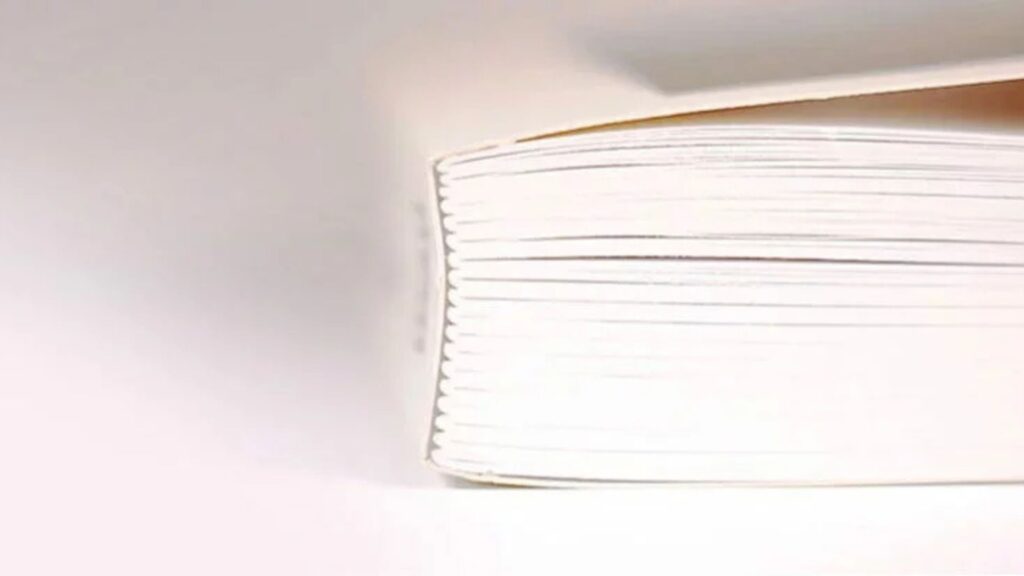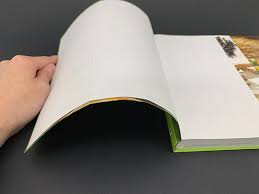
Paper covers give binding a soft touch
Paper covers play a significant role in bookbinding and printed materials. They not only serve a functional purpose but also add an appealing tactile experience. When compared to hardcovers or synthetic alternatives, paper covers give binding a soft touch that resonates with readers and users. Their flexibility, texture, and lightweight nature make them a popular choice across various industries.

Enhancing the User Experience
First impressions matter, and paper covers deliver a unique feel that enhances how a book or document is perceived. Whether it’s a novel, a brochure, or a presentation booklet, the cover sets the tone. Paper covers provide a gentle, smooth surface that is comfortable to hold. This creates a more inviting experience for the reader, particularly when compared to rigid or glossy covers that may feel impersonal or slippery.
Furthermore, the softness of a paper cover makes a book easier to handle. Unlike stiff hardcovers, paper-bound books are flexible, allowing for comfortable reading over longer periods. The pleasant touch contributes to a positive emotional response, making users more likely to engage with the content.
Aesthetic Versatility in Design
Another reason paper covers give binding a soft touch is their adaptability to various visual and tactile designs. Designers can use different paper textures—from matte to linen finishes—to enhance both the visual appeal and the touch of the final product. These design options provide brands and publishers with creative control over how their books or materials appear and feel in users’ hands.
In addition to this, paper covers take well to high-quality printing. This ensures vibrant colors, crisp images, and clear text, all of which contribute to a professional and polished look. As a result, paper-bound products stand out on shelves, at meetings, or in customer presentations, blending form with function.
Lightweight Yet Durable
Despite their softness, paper covers can be surprisingly durable when chosen and treated correctly. Many manufacturers use coated or laminated finishes to resist wear, moisture, and smudges. This ensures that the product maintains its soft touch without compromising its longevity.
Moreover, paper covers reduce the overall weight of a bound product. This is especially important for printed materials like workbooks, manuals, and catalogs that are intended to be portable. Lightweight materials are easier to transport, ship, and distribute, making them ideal for business and educational use.
Environmentally Friendly Choice
With growing concerns about sustainability, many businesses and consumers are moving toward eco-friendly options. Paper covers align with this trend, especially when sourced from recycled or FSC-certified materials. Their biodegradability and recyclability offer clear advantages over plastic or synthetic covers.
In addition, paper’s natural feel reinforces the environmentally conscious image of a brand. When customers recognize that a product is made from sustainable materials, they’re more likely to trust and support the company behind it. Thus, paper covers give binding a soft touch while also supporting sustainability goals.
Cost-Effective and Efficient
One of the most practical reasons to choose paper covers is their cost-efficiency. Compared to hardback or custom synthetic options, paper covers are more affordable to produce. This cost-effectiveness makes them an excellent choice for high-volume printing without sacrificing quality.
Not only are paper covers budget-friendly, but they also streamline the production process. They are easier to print, cut, and bind, reducing turnaround times for publishers and print shops. This efficiency helps businesses meet tight deadlines while delivering a polished and tactile product.
Ideal for a Wide Range of Uses
From novels and journals to corporate reports and educational materials, paper covers are incredibly versatile. Their soft touch enhances user interaction, whether the goal is to inform, entertain, or persuade. This adaptability makes them a go-to option for authors, marketers, educators, and designers alike.
In conclusion, paper covers give binding a soft touch that combines comfort, aesthetic appeal, environmental benefits, and cost-efficiency. Their unique qualities enhance both the physical and emotional experience of any printed material. When looking to create a lasting impression through print, paper covers offer the perfect blend of practicality and elegance.







